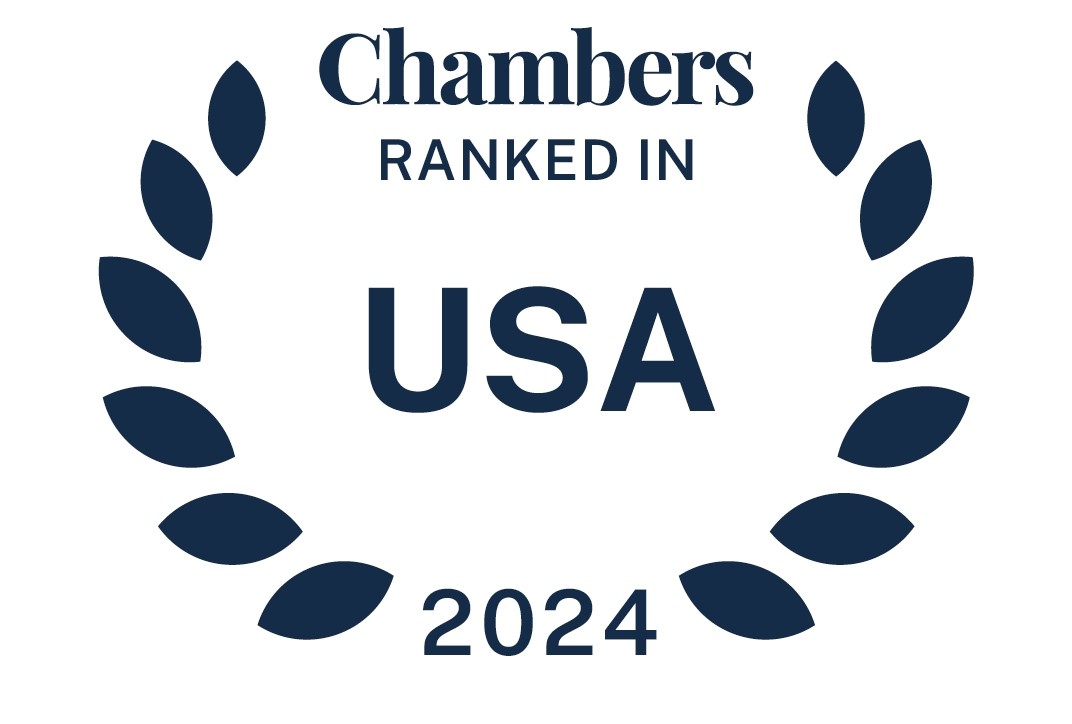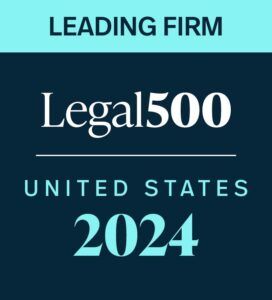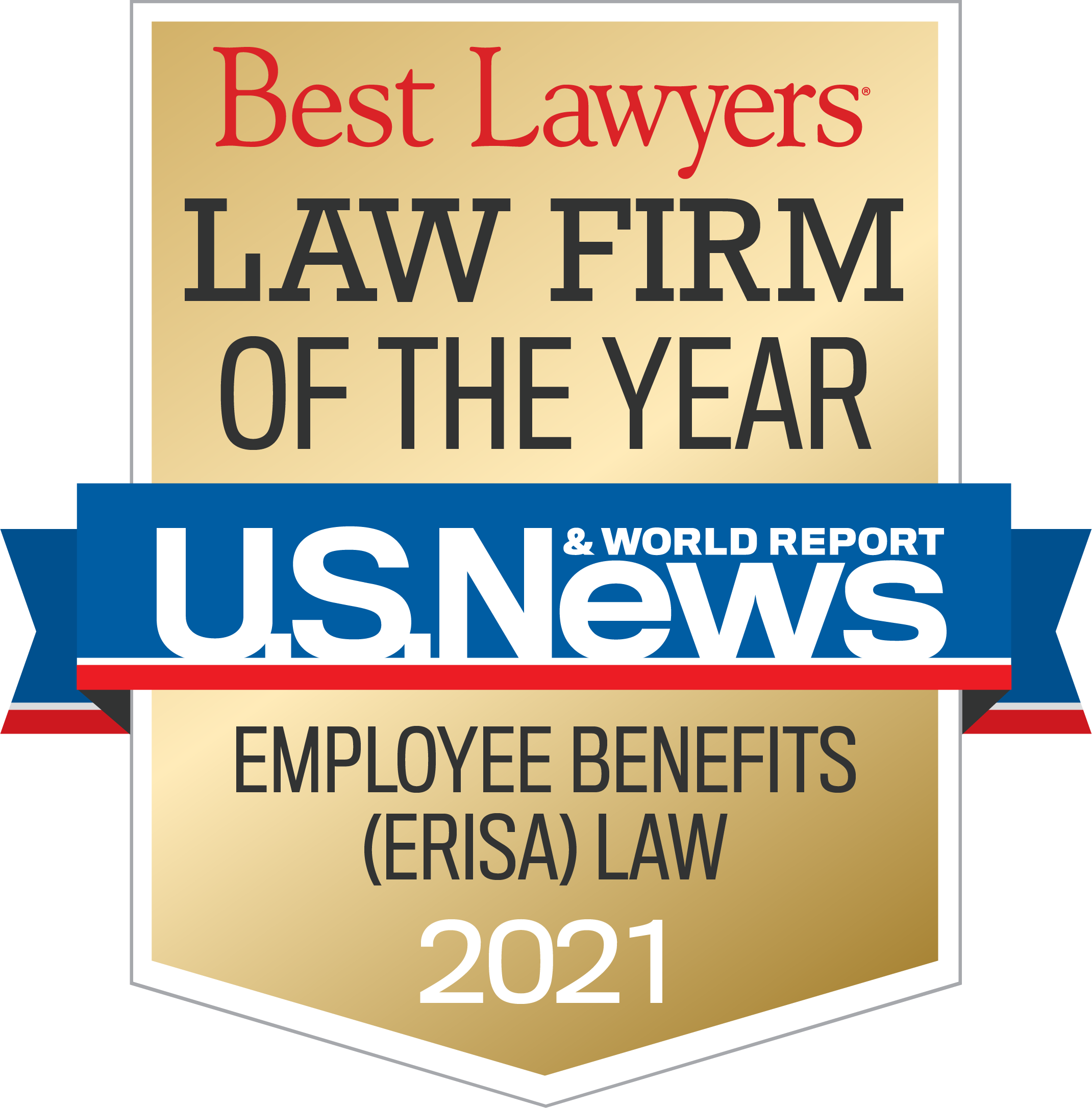Yesterday, November 15, 2018, the Internal Revenue Service (IRS) increased the annual maximum salary reduction limit for contributions to a health flexible spending account to $2,700. The 2019 contribution limit was published in Rev. Proc. 2018-57. The 2018 contribution limit was $2,650, resulting in an increase of $50 for 2019. An employer may use the increased limit for both health flexible spending accounts and limited purposed health flexible spending accounts that it maintains for its employees.
read more


 Subscribe
Subscribe




